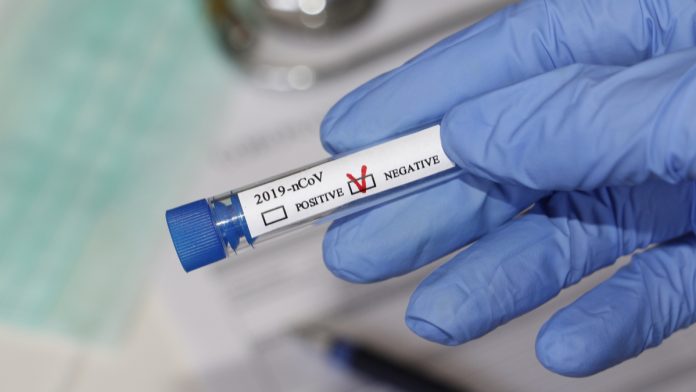- Pound (GBP) extends gains for third day despite growing fears of no post Brexit trade agreement
- Vaccine optimism boosts risk sentiment
- US Dollar (USD) investors look ahead to US non-farm payroll numbers, expectations for 3 million jobs to have been created in June
- Pound US Dollar exchange rate (GBP/USD) targets US$1.25
The Pound is benefitting from US Dollar weakness, pushing higher for a third session. The Pound US Dollar exchange rate settled on Wednesday +0.6% at US$1.2474, towards the top of the daily traded range. Today at 06:15 UTC, GBP/USD trades +0.15 at US$1.2490.
Brexit woes are being shrugged off, with the Pound ignoring comments by German Chancellor Angela Merkel, warning the EU that it must prepare for the possible failure of Brexit trade talks. She added that progress made during negotiations had been minimal. Without a trade deal agreed, the UK will leave the EU on unfavourable World Trade Organisation terms.
Broad risk on sentiment, stemming from a vaccine optimism is helping the Pound shrug off around 12,000 job losses after several big name retailers announced deep job cuts and store closures.
Drug maker Pfizer and biotech firm BioNTech reported progress on a coronavirus vaccine that spurred an immune response in candidates, boosting investor optimism, even as the US announces 48,000 new daily cases of the virus.
The US Dollar came under pressure in the previous session, slipping lower across the board as the market mood improved. US manufacturing PMI data was upwardly revised in Europe and the US, whilst the ISM manufacturing PMI showed that the sector had returned to expansion.
The minutes to the Federal Reserve latest monetary policy were released, almost unnoticed as they reiterated the need for highly accommodative policy ahead.
Investors will now turn towards the US non-farm payroll report, the most closely watched US macro report each month. Analysts are expecting 3 million jobs to have been recovered in June, whilst the unemployment rate is expected to drop to 12.3%, down from 13.3%. Meanwhile, average hourly earnings are expected to remain well above average, although slowly returning to pre-pandemic levels.





